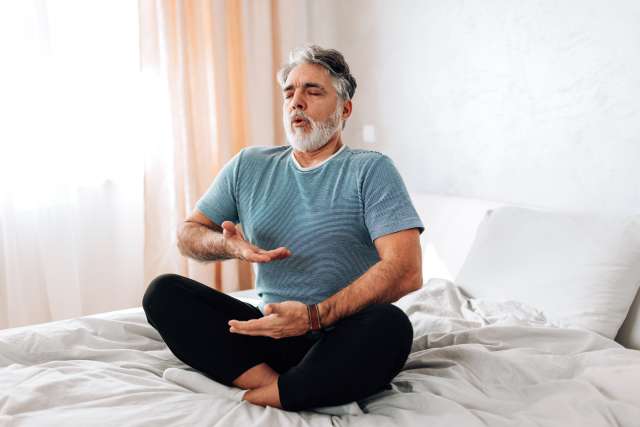When you’re having an asthma attack, breathing is all you think about. As you wheeze and gasp to get enough air, you reach quickly for your inhaler or other emergency medication.
Medication can be very effective at quickly opening your airways, so it will probably always be part of your asthma management plan. But according to, spending a few minutes each day practicing breathing exercises may also help you breathe more easily.
Breathing exercises aren’t meant to replace your rescue medication, but they can be a helpful tool . Some exercises retrain the way you breathe. Some help strengthen the muscles in and around your respiratory system, and others help you relax and expand your rib cage.
Practicing a variety of breathing techniques daily can help exercise your lungs and promote relaxation. Most are meant to improve the overall quality of your breathing — not to control an asthma attack. Ask your doctor about which types of breathing exercises might be most effective for your specific condition.
Here are the most common types of breathing exercises used to help people with asthma:
Diaphragmatic breathing
This type of deep belly breathing is sometimes called yoga breathing or pranayama. Typically, when you inhale, your chest rises. Then it falls when you exhale. This type of breathing can be shallow and not get adequate oxygen into your lungs.
Learning to breathe more deeply (rapid breathing that can leave you feeling breathless) during an asthma attack. Diaphragmatic breathing moves the inhalation and exhalation from the chest to the belly. As you breathe in more deeply, you force the air all the way down into your diaphragm (the large muscle below your lungs that helps you inhale and exhale). Your belly should rise as you inhale and exhale.
Practice diaphragmatic breathing while sitting in a comfortable position. Place one hand on your chest and the other on your belly. As you inhale and exhale, watch that the hand on your chest doesn’t move while the hand on your belly rises and falls.
Pursed-lip breathing
Inhaling through your nose and breathing out through pursed lips can force more oxygen into your lungs. This type of breathing is best to use when you’re experiencing shortness of breath because it helps slow your breathing quickly. The practice will help you calm down and control your breathing.
Practice pursed-lip breathing when you’re not experiencing shortness of breath. Inhale deeply to a count of two, breathing in through your nose with your mouth closed. Purse or pucker your lips (as if you were going to blow out a candle) and slowly exhale to a count of four. Be sure to fully exhale all the air out of your lungs.
Buteyko breathing
A type of breath retraining, this technique was invented by a Ukrainian doctor, Konstantin Buteyko, in the 1950s. He created several different exercises designed to help anyone breathe more slowly and effectively. Over the years, the method has become popular for people with asthma or other respiratory conditions.
The main concept is called the “controlled pause.” To practice this technique, you:
- Inhale normally
- After you exhale, hold your breath, using your thumb and index finger to close your nose.
- Hold your breath until you feel an urge to breathe and then inhale.
- Breathe normally for 10 seconds.
- Repeat the pattern with the controlled pause followed by regular breathing several times.
Papworth method
This method was developed in the 1960s and combines deep-belly breathing with relaxation exercises. The Papworth method is typically taught by a physical therapist who helps you practice various breathing and relaxation exercises. The idea is to incorporate them throughout your day. Over time, this method may help you better control your breathing in various situations, including when you’re experiencing an asthma attack.
Although breathing exercises may improve your condition, there is no evidence that they can replace your asthma medication. Be sure to inform your doctor about any breathing exercises you try — and keep your inhaler handy.



